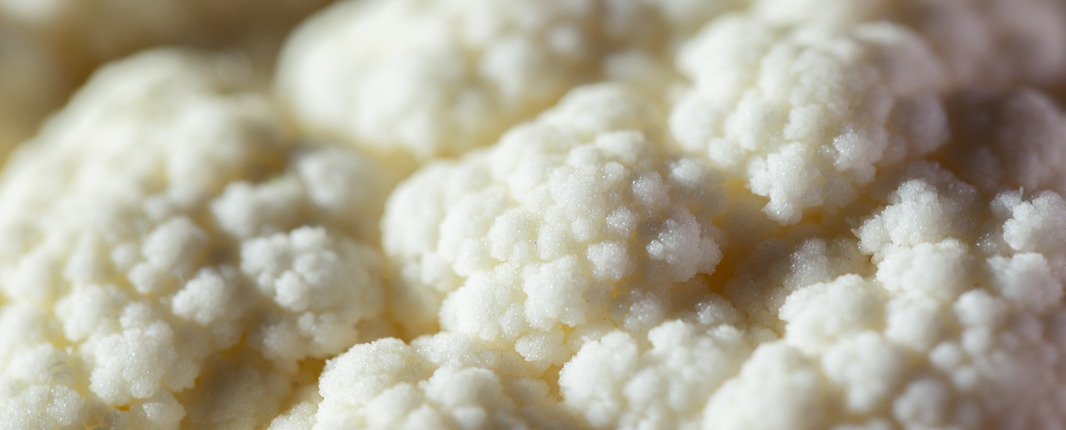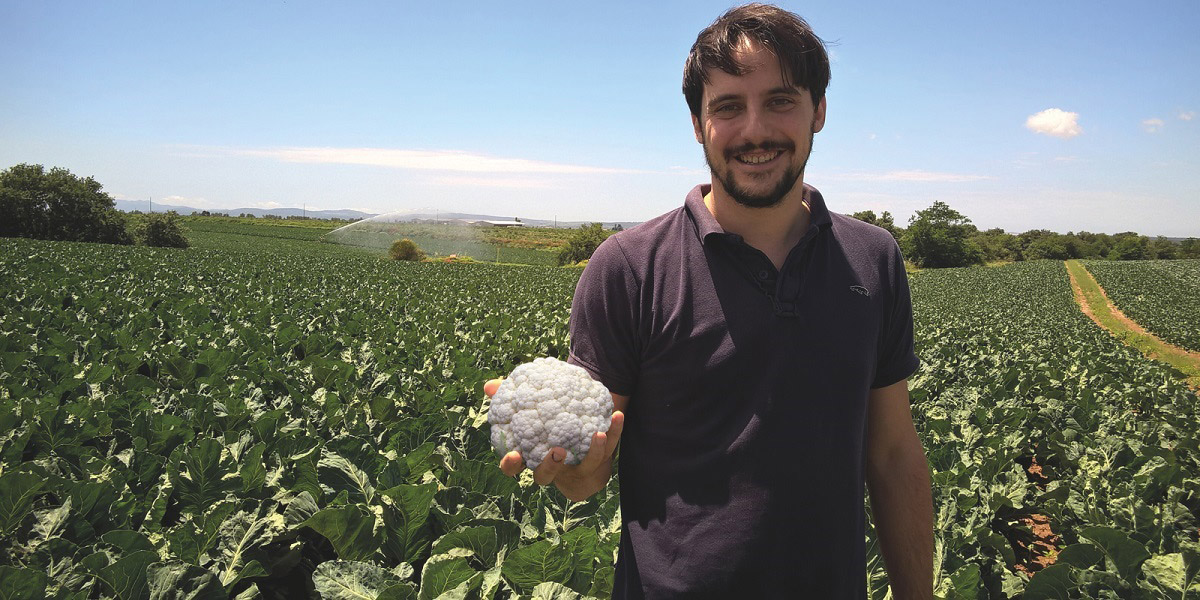
Information

Cauliflower is booming. You can make pizza bases with it or grains of “rice”. Or, as a gluten-free alternative to flour, tortillas. Cauliflower is trendy and it is expanding its horizons even further, thanks to vegetable breeding companies like ours.
Over the years, the cauliflower has become an increasingly common product in many countries. In the past, this cruciferous vegetable was mainly a luxury vegetable in Western countries. Nowadays most families eat cauliflower regularly. We now see this development in many other areas of the world too. Until recently, Asia, Africa and South America were not suitable for the cultivation of cauliflower due to the warm climate, causing the crop to go to seed or fail to develop a head. The demand for cauliflower is therefore expected to increase over the coming years.

For some countries this increased demand is the result of people having more money to spend on vegetables to add to the rice on their menu, but retail and processing companies have been extremely innovative in developing new ways of offering cauliflower beyond florets. Cauliflower has become an essential item in healthy living menus and one can argue it has made it to “trending” status. Now frequently used as an alternative to certain conventional starch-based products, it is not by accident that this vegetable has become so popular.
To reach trending status, reliable, year-round supply of quality produce is fundamental. This is where breeding has played a pivotal role: “It is through specialized selection and generations of breeding that varieties adapted to all climates are developed” says Fanny Ribaimont, our Crop Breeding Manager. “Consumers in Africa can now enjoy locally grown cauliflower, even in mid-summer where previously this was not possible.”
Cauliflower varieties are developed for specific seasons, and different maturity speeds. In South Africa the rule has always been: “the faster, the better” however in some European countries, days-to-maturity (DTM) of up to 200 days are required. Growers in France for example are unable to till and re-plant the soil after each harvest due to the weather and soil conditions. These growers, therefore, opt for varieties with different successive growing times. During the sowing season, the growers sow all plots of land over a short period. This allows the grower to continue harvesting throughout the season.
People love convenience. This also applies to the large white cauliflowers that people used to buy and then cut into florets themselves. We have since seen a large increase in packets of pre-cut florets which are often found mixed with broccoli and other stir-fry mixes as seen in South African retail stores. Here too, breeding has been the enabler that significantly contributed to the popularity of this vegetable. It is through experienced selection and crossing of plants that leads to the development of new varieties with the best quality, snowy-white curds and perfectly shaped florets.
Quality in fresh produce in general is most stringently judged by the end-user, the consumer. Considering the relatively long crop cycle of roughly 75 days from planting to harvest in South Africa in summer and many different stages involved from harvest to consumption, this is no effortless achievement. The process starts with selecting the right variety adapted for a specific season and growing region that can handle various stresses during cultivation as well as the process of cutting, washing, packing and shipping.
Although breeding companies like ours play in important part in a crop’s success as in the case of cauliflower, the power lies with growers who ultimately select varieties. “Growers need to be critical in their variety selection and not settle for a poor performing hybrid. Don’t settle for yellowing heads and poor-quality curds. Selects the variety that offer the best possible quality, always” says Ribaimont.
This text was first published in the magazine Groente & Vrugte